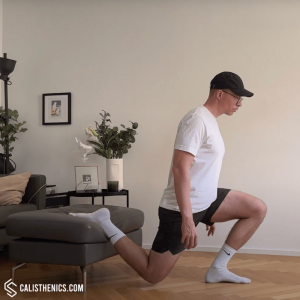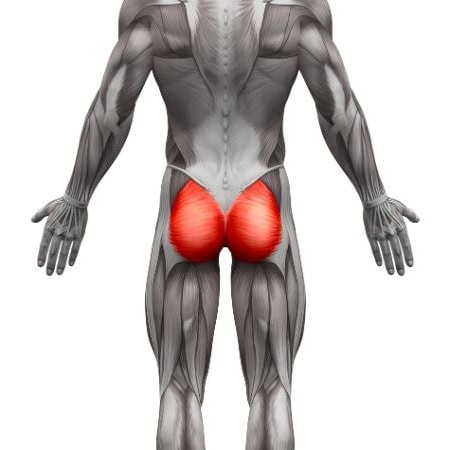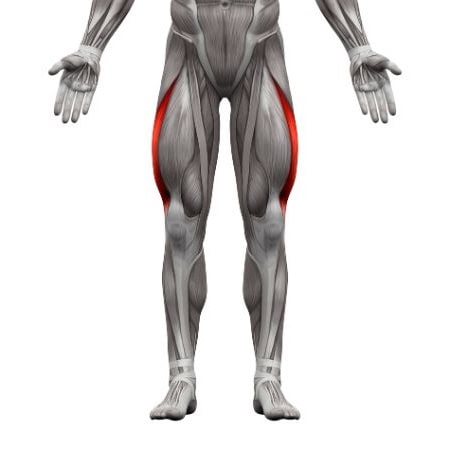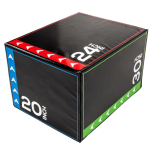Bulgarian Split Squats
How to do Bulgarian Split Squats?
Bulgarian split squats are a unilateral leg exercise that targets the quadriceps, glutes, hamstrings, and core. In this exercise, one leg is elevated on a bench or platform behind you, while the other leg performs a squat. This movement enhances lower body strength, balance, and stability while improving muscle imbalances. It’s an excellent option for developing strong, powerful legs and hips, and can be modified for any fitness level.
Steps to Perform a Proper Bulgarian Split Squat:
1. Set Up with an Elevated Surface:
• Stand about 2-3 feet in front of a sturdy bench, chair, or elevated surface. Your back should face the bench.
• Place one foot on the bench behind you. You can rest the top of your foot or the ball of your foot, depending on what feels comfortable. Your front foot should be flat on the ground.
2. Find Your Stance:
• Hop your front foot forward slightly if needed so that when you squat, your front knee remains directly over your ankle. The back leg should be for balance, not driving the movement.
• Stand tall with your chest lifted, shoulders back, and core engaged.
3. Lower into the Squat:
• Inhale as you bend your front knee and lower your hips toward the ground. Your back knee should naturally move downward, but make sure your back leg is just for balance, not taking the load.
• Lower until your front thigh is parallel to the ground or as low as your range of motion allows. Your front knee should stay in line with your toes, and your chest should stay upright.
• Your back knee should hover just above the ground at the bottom of the squat.
4. Push Back Up:
• Exhale as you press through your front heel to return to the starting position, straightening your front leg. Keep your core tight and your chest lifted as you rise.
• Your back leg should remain stable but not active in driving the movement.
5. Repeat and Switch Legs:
• Perform the desired number of repetitions on one leg, then switch to the other leg and repeat the exercise, maintaining good form throughout.
Benefits of Bulgarian Split Squats
• Unilateral Strength Development: Bulgarian split squats work one leg at a time, helping to correct muscle imbalances between the left and right sides of the body.
• Builds Lower Body Strength: This exercise targets the quadriceps, glutes, and hamstrings, helping to build strength, muscle mass, and endurance in the lower body.
• Improves Balance and Stability: The unilateral nature of the movement challenges your balance and coordination, improving overall stability and core strength.
• Enhances Hip Mobility: By keeping the back leg elevated, Bulgarian split squats promote hip mobility and flexibility, particularly in the hip flexors.
• Functional Strength: This exercise mimics real-life movement patterns, improving your ability to perform daily activities such as climbing stairs, walking, and running.
• No Heavy Equipment Required: Bulgarian split squats can be performed with body weight or light weights, making them accessible for home workouts or when gym equipment is limited.
• Low Impact on Joints: This exercise places less stress on the knees and lower back compared to traditional squats, making it a good option for those with joint issues or recovering from injury.
Common Mistakes to Avoid
• Letting the Knee Extend Past the Toes: Make sure your front knee stays directly above your ankle and does not extend beyond your toes. This helps protect your knee from unnecessary strain.
• Leaning Forward: Keep your chest lifted and avoid leaning forward excessively, which can place strain on your lower back. Engage your core to maintain an upright posture.
• Neglecting the Glutes: Focus on pressing through your front heel and engaging your glutes at the top of the movement. If you feel the exercise primarily in your quads, shift more of the weight to your heel.
• Relying Too Much on the Back Leg: The back leg should be used primarily for balance, not for driving the movement. Focus on pushing with your front leg to properly engage the working muscles.
• Rushing the Movement: Avoid performing the exercise too quickly. Slow, controlled movements engage the muscles more effectively and reduce the risk of injury.
Tips for the proper execution of Bulgarian Split Squats
Core Engagement: Keep your core engaged throughout the movement to maintain balance and prevent your torso from leaning too far forward.
Knee Alignment: Ensure that your front knee tracks in line with your toes and does not extend past your toes. This helps protect your knees and maximizes muscle engagement.
Control the Descent: Lower yourself slowly and with control, especially as your back knee approaches the ground. This helps engage your muscles more effectively and reduces the risk of injury.
Weight in the Front Heel: Focus on driving through your front heel when you push back up to engage your glutes and hamstrings properly.
Breathing: Inhale as you lower into the squat and exhale as you push up. Proper breathing helps you maintain control and stability.
Muscles worked when doing Bulgarian Split Squats
Primary Muscles:
•Quadriceps: The front of the thigh is heavily engaged, particularly in the front leg, as it performs the squatting movement.
•Glutes: The gluteus maximus and medius are activated during the squat, especially when pushing through the heel of the front leg.
Secondary Muscles:
•Hamstrings: Assist in stabilizing and controlling the descent, while engaging during the ascent to straighten the leg.
•Core: The abdominals and obliques work to stabilize the torso and maintain balance throughout the movement.
•Calves: The calf muscles help stabilize the front leg and balance the body.
•Hip Flexors: Particularly in the back leg, the hip flexors are stretched and engaged to maintain balance and mobility.
Primary Muscle(s):
Secondary Muscle(s):
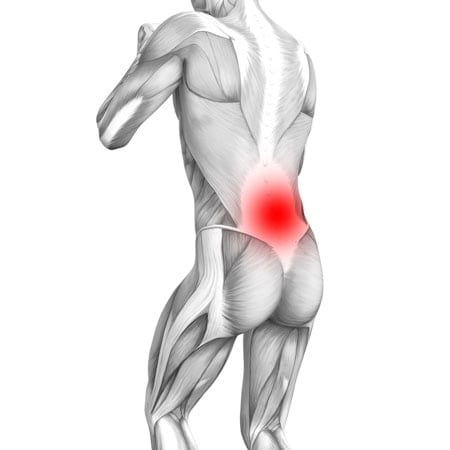
Lower back
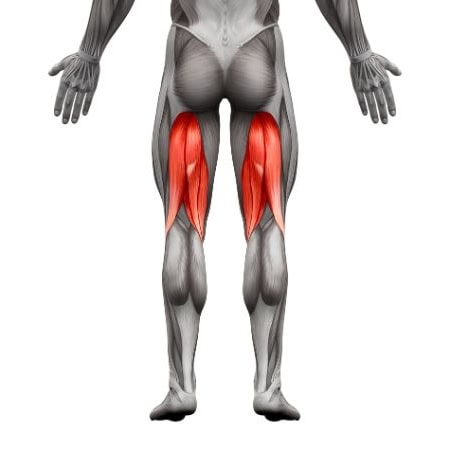
Hamstring
Adjust the difficulty of Bulgarian Split Squats
How to make Bulgarian Split Squats harder?
How to make Bulgarian Split Squats easier?
How to make Bulgarian Split Squats harder?
To make Bulgarian Split Squats harder:
-
Add Weight: Hold dumbbells at your sides, a barbell on your shoulders, or a kettlebell in front of your chest (goblet-style) to increase the resistance and further challenge your legs.
-
Slow Down the Tempo: Perform the movement more slowly, especially when lowering yourself down. This increases time under tension and further engages your muscles.
-
Increase the Range of Motion: Elevate your front foot slightly on a platform to increase the depth of the squat and make the exercise more challenging for your legs.
-
Pause at the Bottom: Add a 2-3 second pause at the bottom of the movement to increase time under tension and make the exercise more challenging.
-
Single-Leg Hop at the Top: After standing up from the split squat, add a hop on the front leg to challenge your balance and power further.
How to make Bulgarian Split Squats easier?
To make Bulgarian Split Squats easier:
-
Lower the Height of the Bench: Use a lower surface for your back leg, such as a shorter bench or step, to reduce the range of motion and make the movement easier.
-
Reduce the Range of Motion: Perform a partial Bulgarian split squat by only lowering halfway down. Gradually increase the depth of the squat as you gain strength.
-
Hold onto a Support: If balance is a challenge, hold onto a wall or chair for stability while performing the movement.

